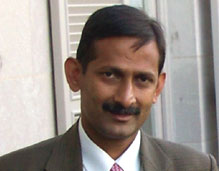PML-N’s prospects and the role of opposition and regional parties
Senior Fellow, IDSA, Dr Ashok Behuria’s analysis of Nawaz Sharif’s political party’s expected performance at the 11 the general elections in Pakistan, titled ‘PML-N’s prospects and the role of opposition and regional parties’ was published in the Institute of Peace and Conflict Studies’ special report on Pakistan Elections.
Dr Behuria writes that The PML-N is likely to put up a formidable fight and emerge as a major political force post the election. In the event of a hung house result, which is the most likely scenario after the 25 July election, PML-N would be in a better position to form a post-poll alliance with Pakistan Peoples Party (PPP) and other parties smaller than PTI.







